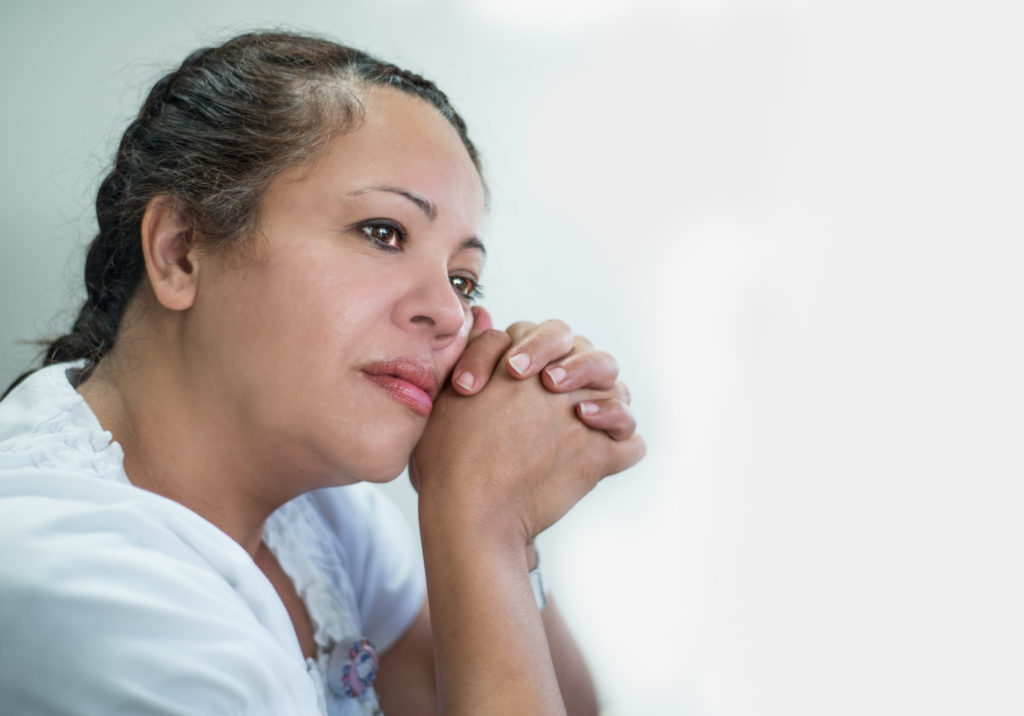Informal Caregiving

We must embrace pain and burn it as fuel for our journey.
-Kenji Miyazawa
Aging in Place
This past week I took care of a younger woman who had a long list of co-morbidities ranging from depression and morbid obesity to cervical cancer. But it was her 51-year-old mother who I felt needed most of the attention during the patient’s stay.
Betty’s Story
In 1899 the Commissioner of the U.S. Patent Office, Charles H. Duell, was reported to have said: “Everything that can be invented has been invented.” I almost feel this way about the topic of caregiving; what more can anyone say that hasn’t been covered? But as the limited vision of Mr. Duell’s statement has shown there are always going to be new developments.
The patient’s mother let’s call her “Betty,” was taking care of her daughter (and there were multiple issues), as well as caring of an 82-year-old mother with newly diagnosed Alzheimer’s. Further, Betty had a heart attack five weeks earlier and continues to smoke (her only release). Her sister is not contributing to her care, and an additional source of stress; so, the duties have fallen solely on the shoulders of Betty–alone.
I’ve learned in the clinical setting at times the “patient” is the family, and the most therapeutic thing you can do is just listen. Betty was willing, almost anxious, to share her situation (while her daughter was sleeping); not complaining–only reporting.
The Cost of Informal-Care
The value of unpaid family caregiving services in the U.S. is estimated at $144 to $188 billion a year, more than twice what is spent nationwide on nursing homes and paid home care combined. At present, 29 percent of the U.S. population, or approximately 65 million Americans, provide care to an adult relative or friend, according to Caregiving in the United States, National Alliance for Caregiving. And nearly 10 million adult children over the age of 50 care for aging parents.
These family caregivers are themselves aging and providing the bulk of unpaid care (hence the term “informal care”) at a time when they also need to be planning and saving for their own retirement. The effect of informal care on work, wages, and wealth has been well documented and studied. The toll on the human experience is what’s endless in scope…
“Most elderly males have informal-care; most elderly females do not.”
~Cynthia M. Taeuber
Aging in Place Often Requires Informal-Care
The majority of seniors prefer aging in place, and Betty’s mom is no different. For now, at 82 and in the early stages of a brain-ravaging disease, her time at home is coming to an end. Soon challenging decisions will have to be made and despite the best of intentions, caregivers like Betty also need to balance the demands of their own families and professional lives together with the needs of their aging parents. Sometimes aging in place isn’t possible–or even desirable.
The numbers are titanic, the challenges systemic, and yet it takes just one human encounter to bring it home–make it real. I haven’t been able to shake Betty’s visit from my mind. She and I are similar in age and most everyone I know has their own story, or they will have. Rosalyn Carter said it best: “There are only four kinds of people in the world – those who have been caregivers, those who are currently caregivers, those who will be caregivers and those who will need caregivers.”
________________________________________________________________________________________Visit :
